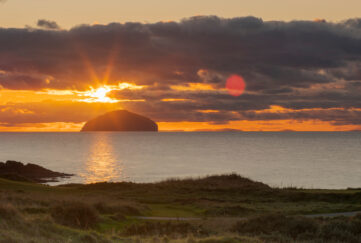Where The Wildflowers Are!
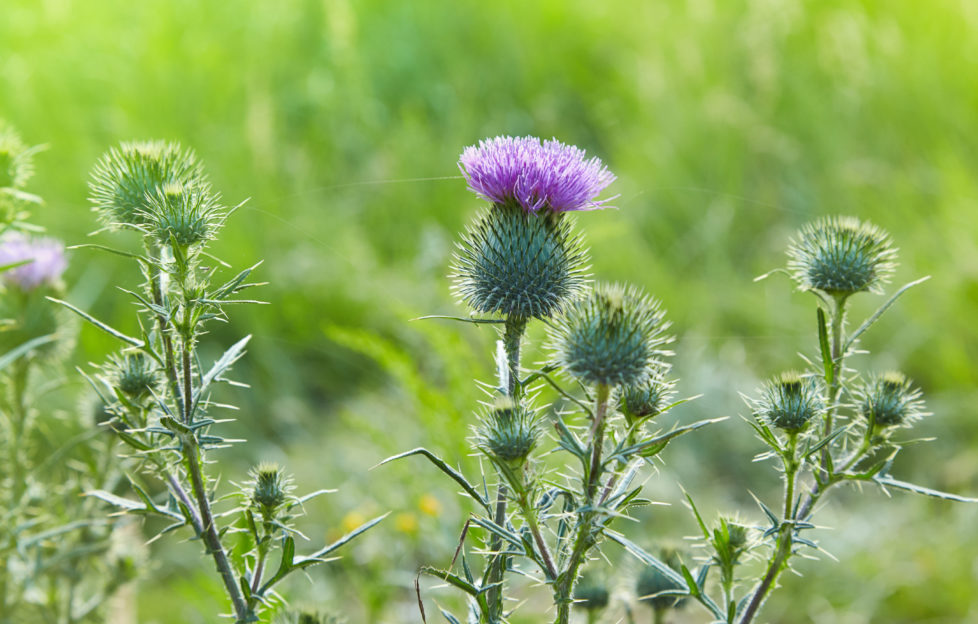
Scotland is home to a vast variety of flora, a lot of which thrives this season. We take a look at some of our favourite wild plants currently carpeting forest floors and hillsides, their unique natures and where to find them.
Share with us on social media your favourite floral finds this season across Scotland! We would love to see some lovely shots of wildflowers from your camera roll.
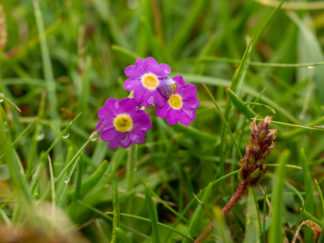
Primula scotica, Yesnaby, Orkney Islands.
Scottish Primrose
To scale, these small, beautiful wildflowers are about the size of a thumbnail. Its Latin name is Primula scotia and is commonly known as the Scottish primrose – although part of the primrose family, this particular flower is found only in Scotland.
Where to find them: The Scottish Primrose grows wild only in Caithness, Sutherland and Orkney.
When to find them: May – June
Interesting Fact: Primula scotia is rather sensitive and enjoys moist soil, but well-draining soil. Therefore, it often only sprouts in a Goldilocks like environment within grasslands that have been grazed not too much and not too little, but just enough. This plant is a ‘nationally scarce’ find, most likely due to have such a very particular nature.
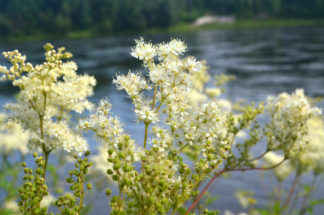
Filipendula ulmaria, Meadowsweet
Meadowsweet
Do you somehow automatically associate this flower with Medieval times? That’s because it was very useful during this time period. Its original name was Mead Sweet because it was used to flavour the alcoholic drink of the time, Mead. It was also a very useful pest control for flees and natural air freshener due to its strong sweet scent.
Where to find them: Meadowsweet loves marshland, riversides and boggy meadows (naturally) throughout the whole of Scotland, making this a very common sighting.
When to find them: May – September
Interesting Fact: Like most wildflowers, Meadowsweet has had medicinal uses in the past including treating colds, bronchitis, heartburn, stomach problems, bladder infections and joint disorders.
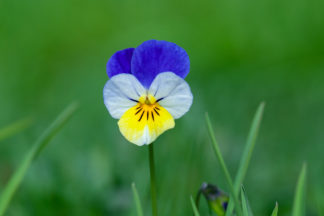
Viola Tricolor, Wild pansy and also known as Heartsease
Wild Pansy
Very similar visually to the Field Pansy, but with larger flowers, this vibrant tricolour flower is particularly striking against much of Scotland’s mostly green landscape. You’ll stumble across a mix of annual or perennial forms, the latter of which live longer and are better suited to gardens.
Where to find them: Wild pansies add a bit of colour to many of Scotland’s fields and roadsides except for those situated in Central Scotland and the West Highlands.
When to find them: April – September
Interesting Fact: Wild pansy flowers are edible. You’ll find them in various foraged salads and you may have enjoyed artisanal cake at some point decorated with them.
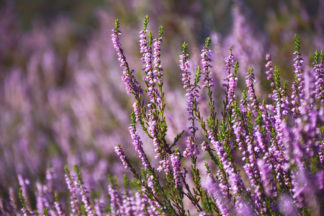
Calluna vulgaris, common wild purple heather
Common Heather
This essential wildflower is an important food source to red grouse, sheep and deer, as well as a variety of butterflies. Heather is so prevalent in the Highlands due to the felling of Scotland’s forests in order to provide many Highland estates hunting grounds for Red Grouse.
Where to find them: Heather covers most of Scotland’s dry open moorland in the west and north, as well as various wetlands and forests.
When to find them: July – September
Interesting Fact: You might be fortunate enough to avoid trampling on some rare white varieties, which are considered “lucky Heather.”
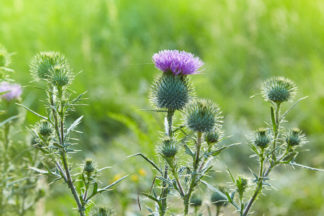
Cirsium vulgare, Spear thistle, Common thistle.
Spear Thistle
The Common thistle, has been a strong symbolic representation of Scotland’s roughed landscape and national emblem for centuries. A thistle is also a token of respect to anyone gifted one. The purple flowers sprout during the summer months, attracting and feeding a variety of wildlife – from insects to birds.
Where to find them: There’s a reason you already know what thistles look like, they are so widespread and common across Scotland. Commonly spotted thriving in cultivated ground, such as grazing feilds, roadside ditches and hillside paths.
When to find them: July – October
Interesting Fact: Under favourable conditions, this plant can reach an impressive 1 metre in height.


